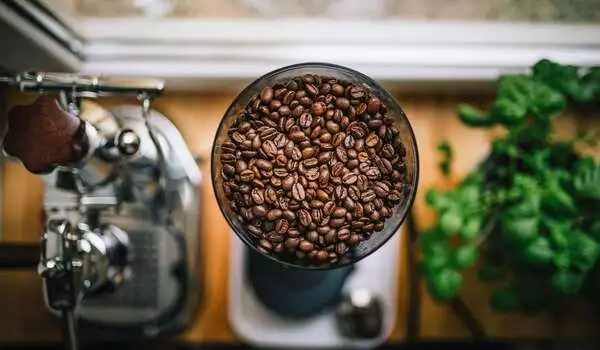Using a simple mathematical model, researchers investigate the role of uneven coffee extraction. They divided the coffee into two sections to see if uneven flow caused weaker espresso. One region in the model system had more densely packed coffee than the other, resulting in an initial disparity in flow resistance. The extraction of coffee reduced the flow resistance even more. Understanding the cause of uneven extraction and how to avoid or prevent it could result in better brews and significant financial savings by using coffee more efficiently.
Espresso coffee is made by grinding roasted coffee beans into grains first. Hot water is then forced under high pressure through a bed of coffee grains, and the soluble content of the coffee grains dissolves into the water (extraction) to produce espresso.
Researchers discovered in 2020 that finely ground coffee beans produce a weaker espresso. This counterintuitive experimental result makes sense if, for whatever reason, regions within the coffee bed extract less or no coffee. When coffee is ground finer, the uneven extraction becomes more pronounced.
Our model shows that flow and extraction widened the initial disparity in flow between the two regions due to a positive feedback loop, in which more flow leads to more extraction, which in turn reduces resistance and leads to more flow.
William Lee
Using a simple mathematical model, the University of Huddersfield researchers investigated the role of uneven coffee extraction in Physics of Fluids, published by AIP Publishing. They divided the coffee into two sections to see if uneven flow caused weaker espresso.
Because water flows more quickly through more tightly packed grains, one of the regions in the model system had more tightly packed coffee than the other, causing an initial disparity in flow resistance. Coffee extraction reduced flow resistance even more because coffee grains lose about 20% to 25% of their mass during the process.
“Our model shows that flow and extraction widened the initial disparity in flow between the two regions due to a positive feedback loop, in which more flow leads to more extraction, which in turn reduces resistance and leads to more flow,” said co-author William Lee. “This effect appears to always be active, and it isn’t until one of the regions has all of its soluble coffee extracted that we see the experimentally observed decrease in extraction with decreasing grind size.”

The model consistently predicts uneven flow across different parts of the coffee bed, which surprised the researchers.
“This is important because the level of extraction affects the taste of the coffee,” Lee explained. “Too little extraction, and the coffee’s flavor is ‘underdeveloped,’ or as I describe it, smoky water.” Too much extraction results in bitter coffee. These findings imply that, even if the overall extraction appears to be adequate, it may be due to a combination of underdeveloped and bitter coffee.”
Understanding the cause of uneven extraction and how to avoid or prevent it could result in better brews and significant financial savings by using coffee more efficiently.
“Our next step is to make the model more realistic to see if we can obtain more detailed insights into this confusing phenomenon,” said Lee. “Once this is achieved, we can start to think about whether it is possible to make changes to the way espresso coffee is brewed to reduce the amount of uneven extraction.”













